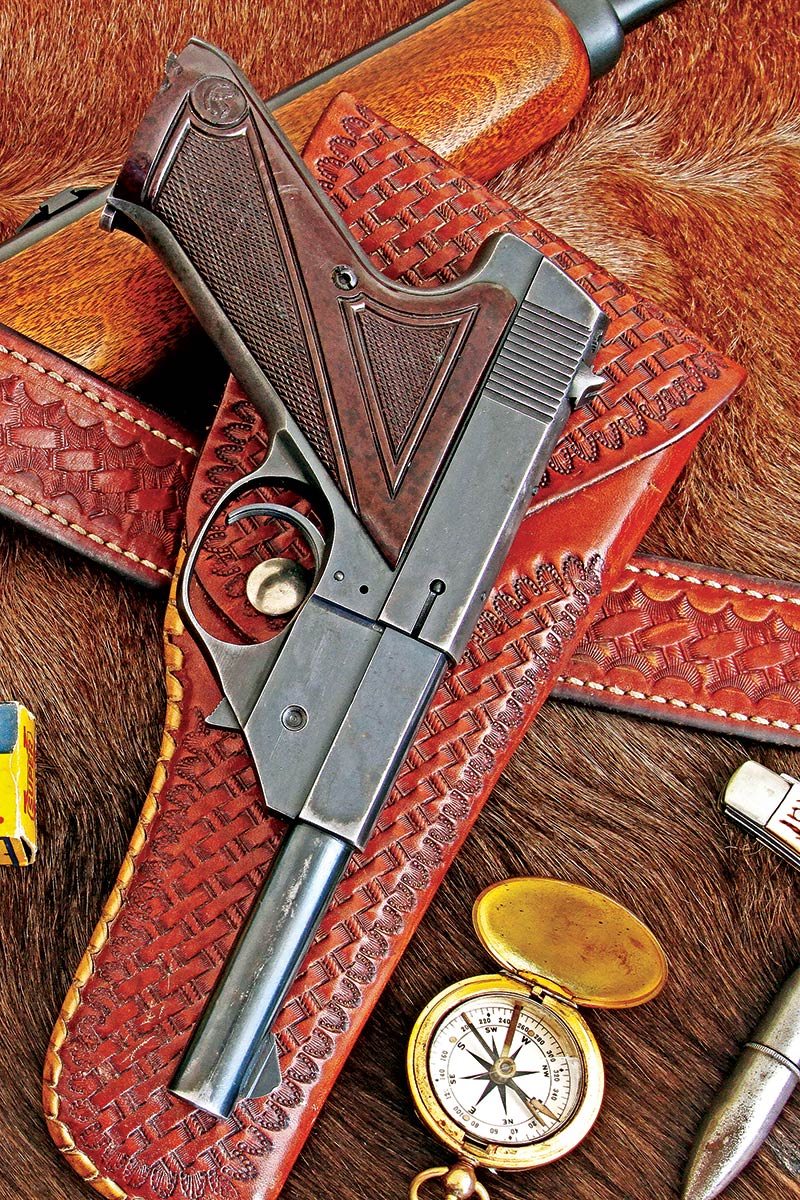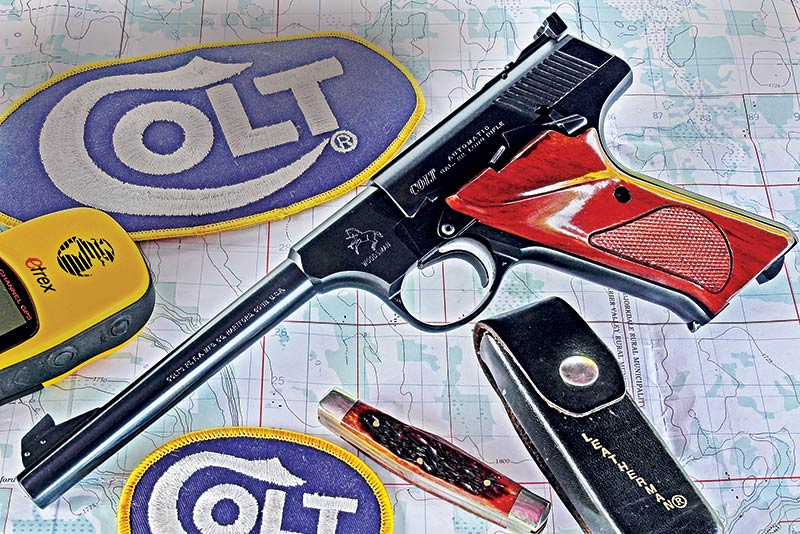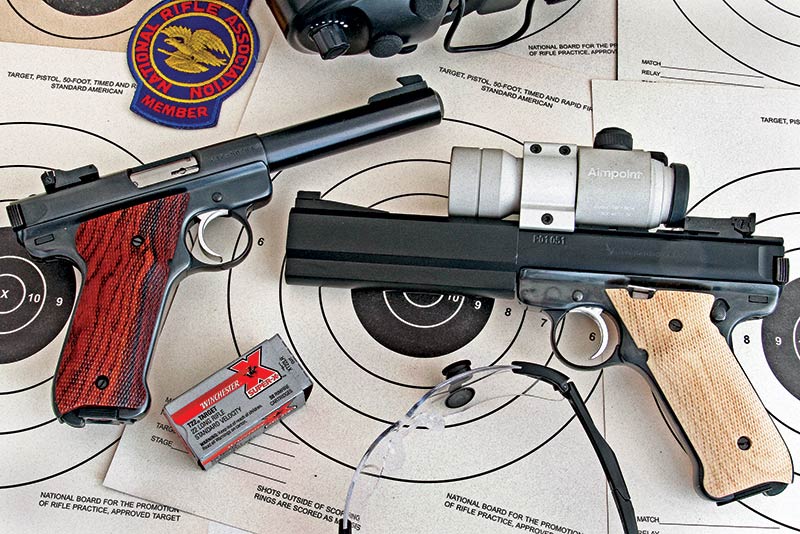Rimfires: Your Secret Weapon?
People seem always to be looking for the “secret,” the magical easy shortcut to shooting skill. Or, they think only a person with extraordinary physical gifts can be a really good shooter — superhuman eyesight, superb eye-hand coordination and exceptional athletic ability.
None of these things are true. The key to skill at any physical activity is repetition. A total of 500+ rounds a week may sound like a great many, but most of the top shooters I know shoot two or three times as much. I suppose given enough incentive a person might be motivated to learn most any skill.
It’s just a lot easier if the skill is something you enjoy. If there is one thing top shooters have in common, it is this: They love to shoot. They like guns, not so much to collect, look at or talk about, but to shoot. If you really want to be a good shot you need to put in the hours, weeks and months of shooting. If you don’t like shooting you likely aren’t going to do it.
The Real Secret
So how does one learn to enjoy shooting? The answer is in one word, or rather, one number — .22 LR. We all know the objective arguments for .22 pistols; little recoil or muzzle blast (especially with standard velocity cartridges), good accuracy in most cases and moderate ammunition costs.
More importantly I think, .22’s are just fun to shoot. I’ve never met a .22 I didn’t like, from my little Beretta 71 pocket pistol to my top-end S&W 41 and High Standard Victor match pistols. The happy medium is the “sport pistol” that is big enough to grip comfortably and hold steadily, with decent sights and trigger, but not as heavy (or costly!) as a match pistol.
The pattern for the classic sport pistol was set by John Browning and a team of Colt designers with a .22 semi-auto introduced in 1915. We know it today as the Woodsman, though the name wasn’t used until 1927. In production for 62 years (it was discontinued in 1977), it was the first pistol used by generations of shooters. It was packed by Alaskan trappers, Florida fishermen, hunters and campers all over America.
The pistol was made in three series, and within each series, in three main variations: Sport (41/2″ barrel), Target (6″ barrel) and Match (6″ heavy barrel). Throughout the 62-year production run Colt did a commendable job of maintaining a high degree of impressive fit and finish. I especially like the second series Sport model, though at present the only Woodsman I own is a third series Target model.
The basic features of the Woodsman — short slide, slanted grip, slim barrel, and medium size and weight — have been widely copied. The High Standard Sport King was an early competitor, and was quite popular. Much as I like and admire the Woodsman, my favorite sport pistol is the original Browning Challenger, made in Belgium from 1962 to 1975. Like the Woodsman, the Challenger was extremely well made, polished and finished and it added the capability to switch to different barrel lengths.
The Ruger Standard model .22, introduced in 1949, proved so successful it remains hugely popular to this day while the Woodsman and Sport King models have long been out of production. Mechanically the Ruger differed in using a bolt rather than a slide, but superficially it was similar to the competition. It filled the same role, and crucially, it could be made and sold at a lower cost.
While production of the Colt in all its variations exceeded 690,000 over 62 years, the Ruger reached the one million mark in just 30 years. Total production of the Standard and Marks II, III and IV is currently well over 4 million. Colt tried reducing costs with the utility-finished Challenger and Huntsman models, but it wasn’t enough.
Never Too Much
While the Ruger is still an excellent choice, currently (and happily for us) it has some strong competition. The Browning Buck Mark, in production now for over 30 years, has been tremendously successful and is currently offered in 21 variations. Smith & Wesson still makes the great Model 41 match pistol and also has a fine sport pistol in the SW22 Victory line. Any one of these is ideal for instilling a love of shooting in new — or old — shooters.






